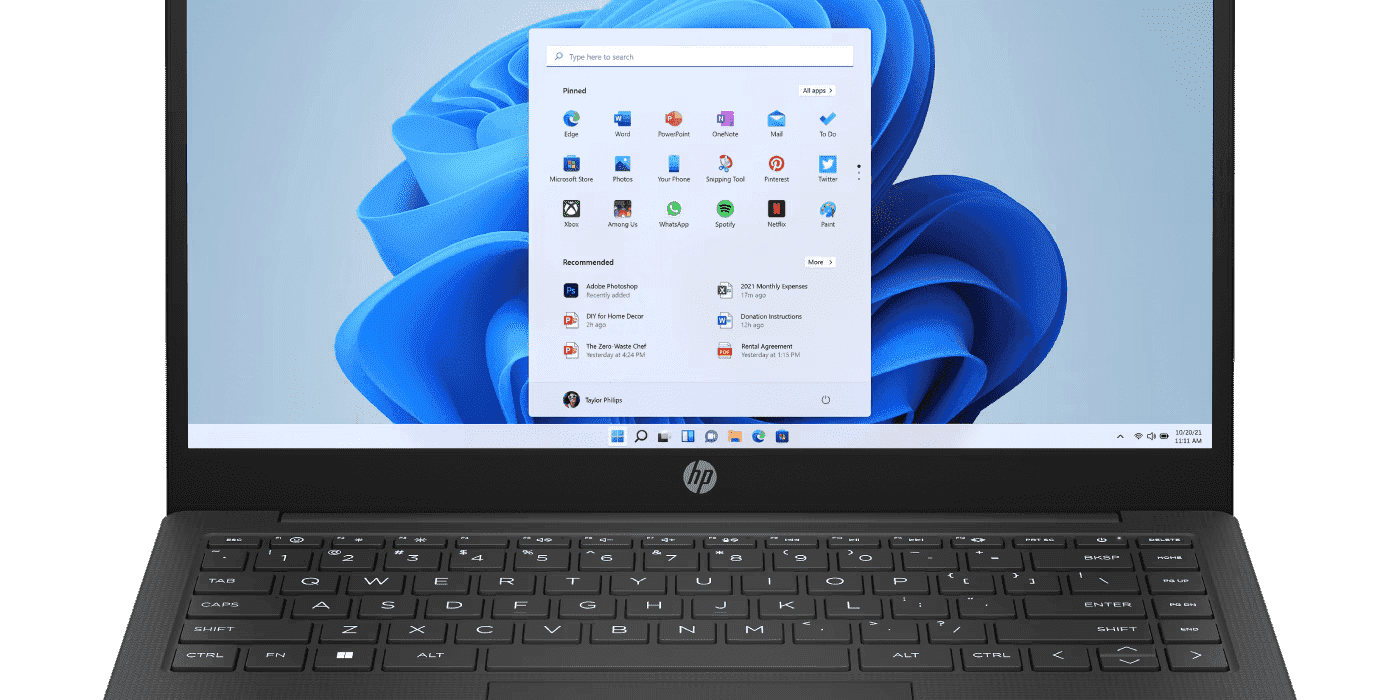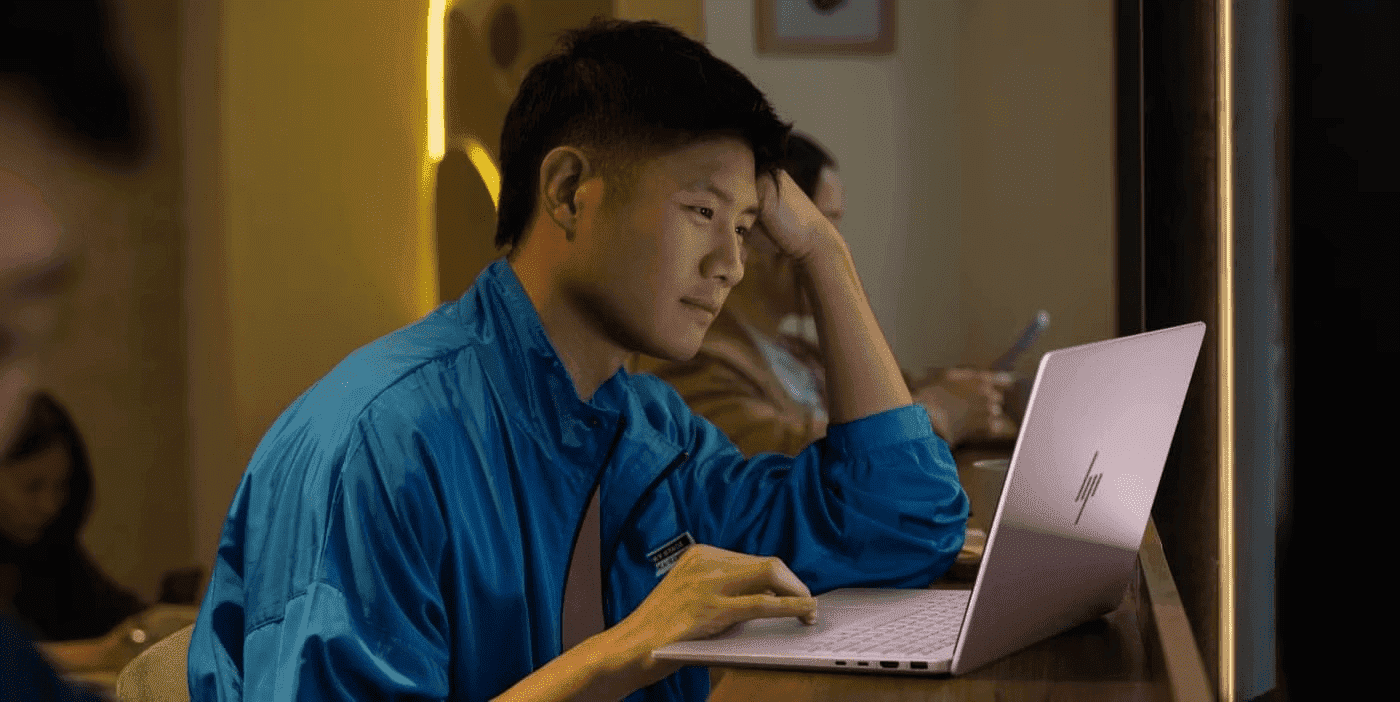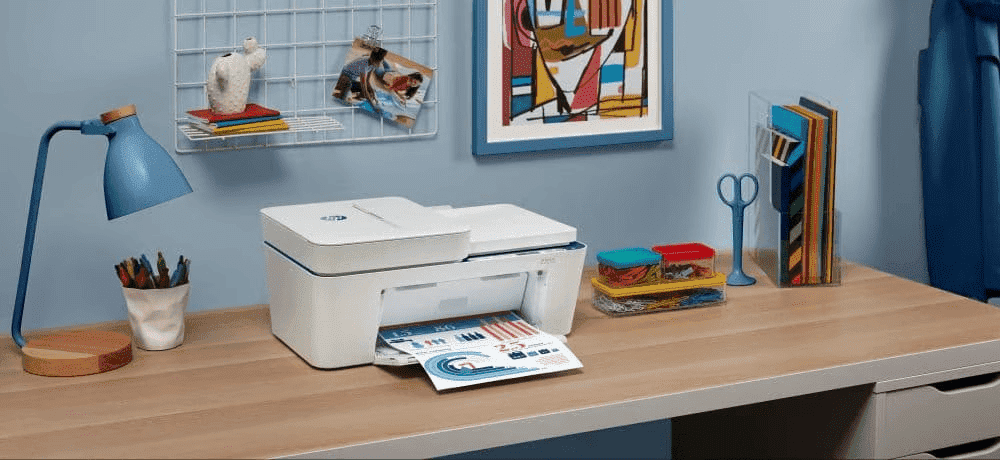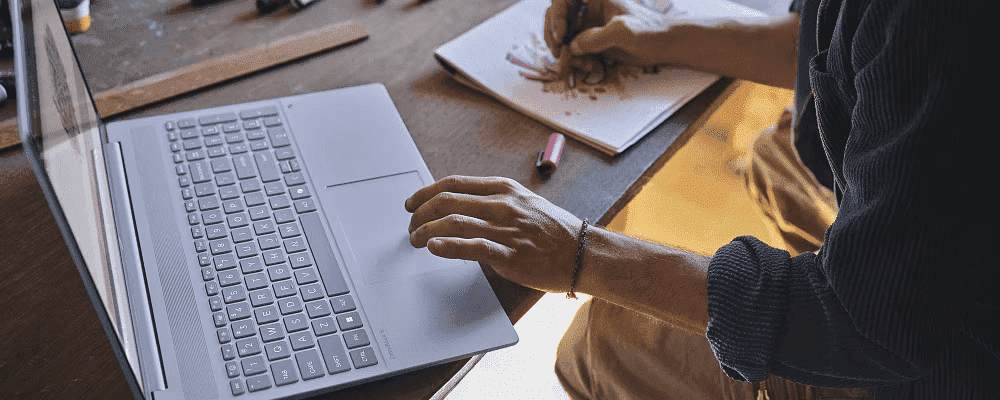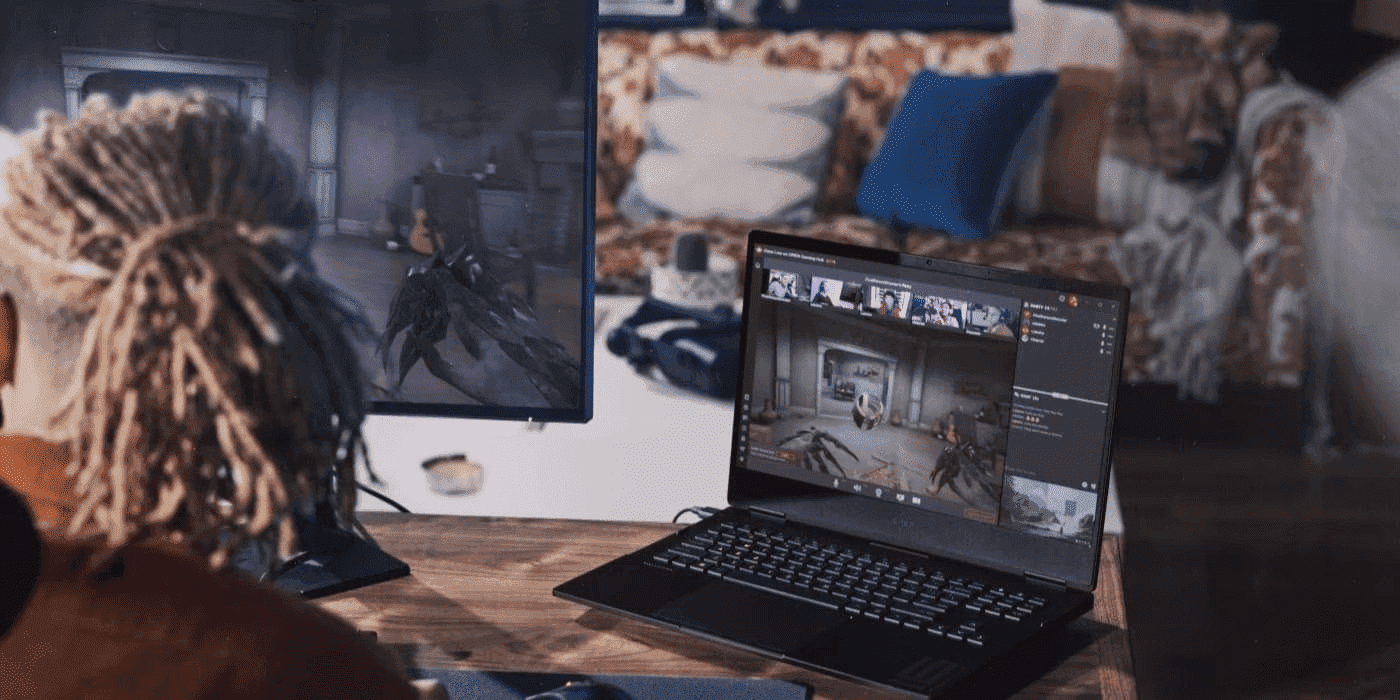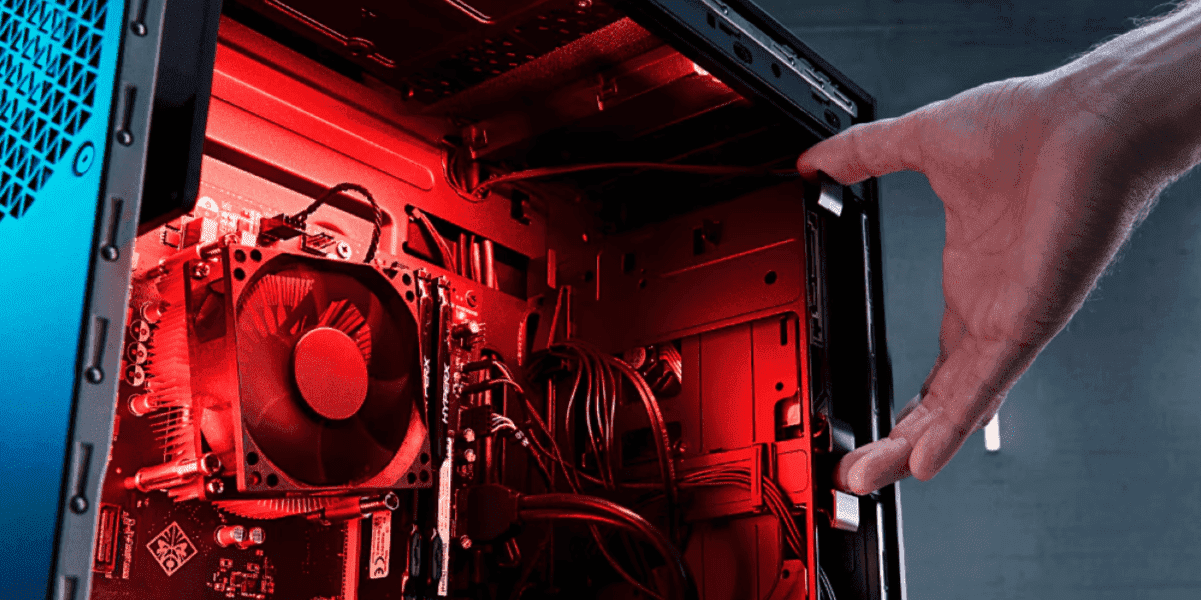Thank you for visiting the NEW ZEALAND HP Store
-
Contact Us
CONTACT USCall us
- Sales
- 0800 854 848
- Technical support
- +64 9884 8600
Mon-Fri 9.00am - 6.00pm
(exc. Public Holidays)
Chat with us- Our specialist are here to help
- Live chat
Mon-Fri 9.00am - 6.00pm
(exc. Public Holidays)
Submit feedback We value your opinion! - My Account
How to Install Windows 11 from a USB Drive


If you own a PC, you may have already received a prompt to download and install the latest Windows operating system, Windows 11. This version comes with loads of new features, including gaming perks, a simplified layout, and intuitive shortcuts. In short, it’s been a game-changer for many users.
What if you haven’t received the notification? It doesn’t necessarily mean your computer isn’t eligible for the update. Here’s how to install the latest version of Windows using a USB drive.
Steps to install Windows from a USB device
Can you completely bypass the automatic update method of installing Windows 11? Possibly. Just as you can use a USB to install Windows 10, you can use the same method to update to 11. However, it depends on a few factors, including your PC’s compatibility and if it’s ready to receive the update. Installing the Windows 11 OS from a thumb drive or USB device isn’t complicated, but you do need to follow all of the steps.
1. CHECK FOR COMPATIBILITY
Windows 11 won’t work for every PC. At a minimum, your device must have the following specs:
- 64-bit processor with at least 2 cores and 1 GHz processing speed
- 4GB RAM
- 64GB storage space (in addition to the space for the operating system installation software)
- DirectX 12 or later graphics card with WDDM 2.0 driver
- A high-def display of 720p
- TPM 2.0
- Secure Boot-capable UEFI firmware
Can you still install Windows via USB if your PC isn't compatible? Possibly. You may still be able to download and install it on a computer that doesn't meet all of these requirements, but your experience may not be satisfactory.
2. CHECK YOUR DEVICE FOR AVAILABLE MEMORY
If you haven't cleaned up your computer's storage in a while, now is the best time. You'll need at least 5.1GB of extra storage space on all of the devices involved in this process because that’s the Windows 11 ISO file size.
You need 5.1GB free on the computer you’re downloading the file to, the USB drive, and the computer on which you’re installing the operating system. Not all USB drives have this much memory, and drives with just a bit more memory (6GB, for example) may not meet your needs. To be safe, buy a USB device with ample space to spare.
What if you can't find enough files to delete from your computer? Delete temporary files, any other files you no longer need, and any programs you can easily reinstall later. To be safe, make sure you have the purchase information and license keys for any programs you delete.
3. DOWNLOAD THE ISO FILE TO YOUR DEVICE (ANOTHER DEVICE)
Unlike prior versions of Microsoft Windows, you don’t need to sign in to your Microsoft account to download the ISO file. Just follow these steps:
- Visit the Windows 11 product download page
- Navigate to the Create Windows 11 installation media link, and click Download Now.
- The download for the Media Creation Tool will begin.
- Once the tool downloads, double-click on the file in your download and run it. You may be asked for permission to run the program, so go ahead and approve it.
- Now that you have the Media Creation Tool running, follow the directions to download the ISO file (the file used to install Windows 11) to your device. Make sure you select USB Flash Drive when prompted to download the file directly to your USB drive and format it properly for installation later.
Once the download completes, move on to the next step.
4. REMOVE THE USB
When you receive a notification that the file transfer is finished, use the "eject" function on your USB utility to prepare it for removal before you pull it out of the computer.
5. RUN WINDOWS 11 FROM A USB
With the Windows 11 installation file on your thumb drive, you’re almost there! The USB flash drive should have been formatted properly when you used the Windows Media Creation Tool. You do not have to use a third-party application to make it bootable.
- Plug the USB drive into the computer and restart the computer.
- Before the computer fully turns back on, hold the F8 key. The exact command will depend on your computer. Note: You must do this before the Windows or manufacturer's brand logo appears on your screen. If you see the logo, you waited too long and must restart again.
- When prompted, choose the boot order and select the USB drive option as first. You’ll then be told to press any key to continue booting from your specified location.
- Your computer should start up as normal, but with Windows 11 prepared to install and run at the startup screen.
6. SET UP WINDOWS 11
Now that your PC is running on Windows 11, you need to set up your account and preferences for each time you log on. Many of these preferences are similar to Windows 10, but there are some differences.
To start using Windows 11, choose the language you want for installation, your time zone, currency format, and how you want to input data (for most people, this is the keyboard). There are some preset definitions to set, but you may not need to tinker with these additional settings.
With everything specified, click the Install Now button.
More about Windows 11 installation


Windows 11 is free for those who already own Windows 10 and are eligible for an upgrade. If this is you, your Windows 10 product key should work for Windows 11.
If not, you can run a trial version of Windows 11 with limited features. Just pick “I Don’t Have a Product Key” during installation to start using it in the meantime. If you get a product key at a later point, you can always enter it.
WINDOWS 11 VERSIONS
You'll receive a prompt to pick your version of Windows 11 before the installation completes. If you were eligible for a free upgrade, this should match the version you had for Windows 10. So, Windows 10 Home users would pick Windows 11 Home, Windows 10 Pro users would pick Windows 11 Pro, and so on.
TERMS OF SERVICE
You can now read through the terms of service and licensing agreement before accepting them. Then, choose the Upgrade option if you want to keep your files and application, or (if doing a clean install), select the custom option, which puts Windows on your system.
FINAL STEPS
Select the location for your Windows. Pick the partition designed for your operating system and click Next.
It will take some time to finish the installation process. Your computer will also reboot at least once. When it’s done, the new login screen will appear.
Learning to use the Windows 11 features may take time, but the improvements are significant and, as many have agreed, well worth it!
Troubleshooting tips for loading Windows from USB
If you tried to install Windows 11 and it didn’t work, here are some things that may have gone wrong.
1. PC IS NOT COMPATIBLE
If your PC is not compatible, try installing Windows 11 on a compatible PC to make sure the USB drive works. Or, upgrade your existing PC to meet the operating system’s tech requirements.
2. YOUR PC DOESN’T HAVE ENOUGH STORAGE SPACE
If your PC doesn’t have at least 8GB free on the hard drive, you won’t be able to install Windows 11. Go through your PC and remove some unused programs, delete temporary files, and consider moving documents and photos to the cloud for offsite access.
3. THE USB DRIVE WAS CORRUPTED OR NOT COMPATIBLE
Most USB drives with at least 8GB of space should work for installation, and the Media Creation utility on the Windows website will format the Windows 11 boot USB for you. If you can’t get the drive to work, it may be defective, not formatted correctly, or have a physical issue that prevents you from using it. Try using a new USB drive with at least 8GB of memory available.
4. THE COMPUTER CONTINUES TO RESTART WHEN INSTALLING WINDOWS 11
If your computer is stuck in a loop where it continually restarts and doesn’t stay turned on, your computer may be trying to boot from the USB you used to load the software. Since you don’t need to use the USB drive after you install Windows, you can safely eject the drive. Then, restart your computer to force it to load from the hard drive and stop the loop.
Windows 10 is here to stay – for now
If you can’t install Windows 11 for any reason, you can still continue to use Windows 10 for the foreseeable future. Microsoft will support Windows 10 until October 2025, so you have plenty of time to catch up.
- Sales
- 0800 854 848
- Technical support
- +64 9884 8600
Mon-Fri 9.00am - 6.00pm
(exc. Public Holidays)
- Our specialist are here to help
- Live chat
Mon-Fri 9.00am - 6.00pm
(exc. Public Holidays)
